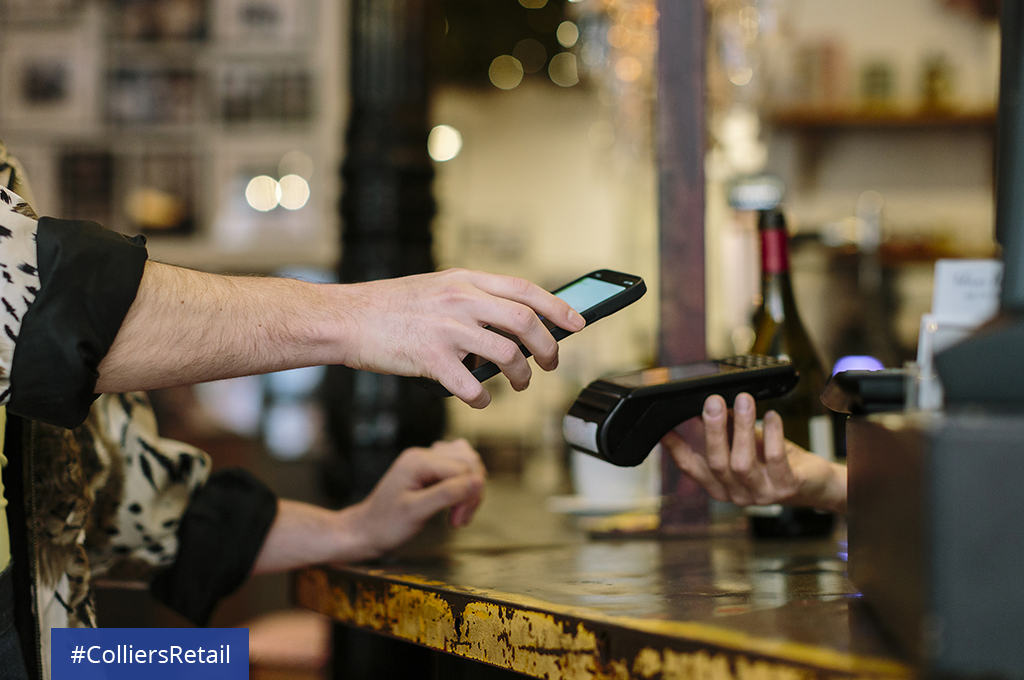Digital payment platforms provide consumers with an efficient and secure form of convenience to pay for goods and services without the hassle of carrying credit cards and cash. Software-based payment systems store user payment data and passwords in an encrypted online lockbox, accessible from their smartphones.
According to Pew Research, Gen Zers, Millennials and GenXers – roughly 95% of the American population aged 18-49 – own a smartphone, with overall cell phone usage in the U.S. at nearly 97% across most demographics. Digitally native Gen Zers have fully embraced e-wallet technologies into their daily browsing and purchasing lives. They are more than willing to make purchases in-app, adopting mobile payments and digital wallet options like Cash App, Venmo and Apple Pay. Is it time to replace your physical wallet with an e-wallet?
With an estimated collective buying power of nearly $150 billion, retailers should pay close attention to Gen Z shopping preferences, starting with where they make their purchases. Gen Z and Millennial consumers favor social media as their shopping medium of choice. More than 50% of Gen Z adults (18-24) identify as social buyers, actively engaging with brands on social media as part of their shopping experience.
In October, we shared the benefits of “buy now, pay later” (BNPL) and its impact on point-of-sale transactions. Even with supply chain woes in-flux, consumers continue to engage in retail therapy. As more and more shoppers warm up to the idea of online shopping and accessing sites from their mobile phones, it makes sense for payment options to be just as seamless. Nearly 60% of consumers across demographics have purchased products using a BNPL option. BNPL is a welcome relief to shoppers of all generations eager to buy coveted items without the exorbitant interest fees associated with most credit cards. PayPal expanded its BNPL feature to mirror the likes of Klarna and After Pay offering limited, interest-free installments. The company reported more than a million first-time users during Black Friday 2021, and 10 million consumers accessed its BNPL payment option to facilitate transactions.
What Comes Next?
The convenience of digital wallets is no longer limited to payments only. The pandemic and subsequent reopening of the U.S. economy prompted Apple and Google to allow users to upload “verifiable” COVID vaccination data to their smartphone wallet apps. SMART Health Cards, currently offered by California, New York, Utah and Washington, display a QR code linked to an official database with the user’s available vaccination records.
The European Commission introduced a digital wallet for E.U. citizens to function as a primary identity authentication platform to “identify themselves digitally, store identity data, and maintain official documents.” Once approved, the e-wallet extension will ease travel within the E.U. It may potentially become a widespread form of international identity verification. Domestically, Apple has been working with the Transportation Security Administration to integrate security clearance using Apple Wallet to test a pilot program starting in February 2022.

 Anjee Solanki
Anjee Solanki

 Aaron Jodka
Aaron Jodka Nicole Larson
Nicole Larson
